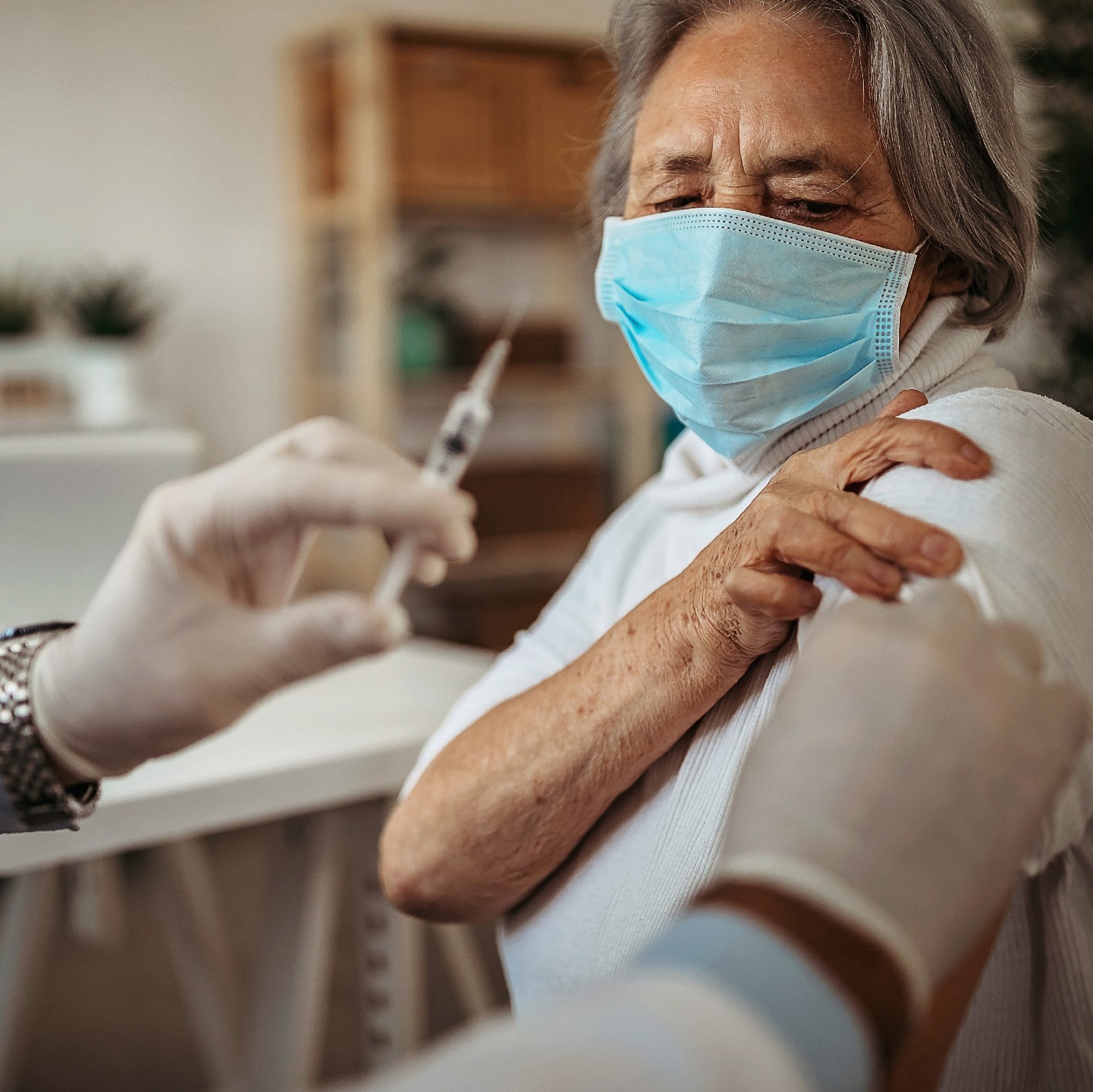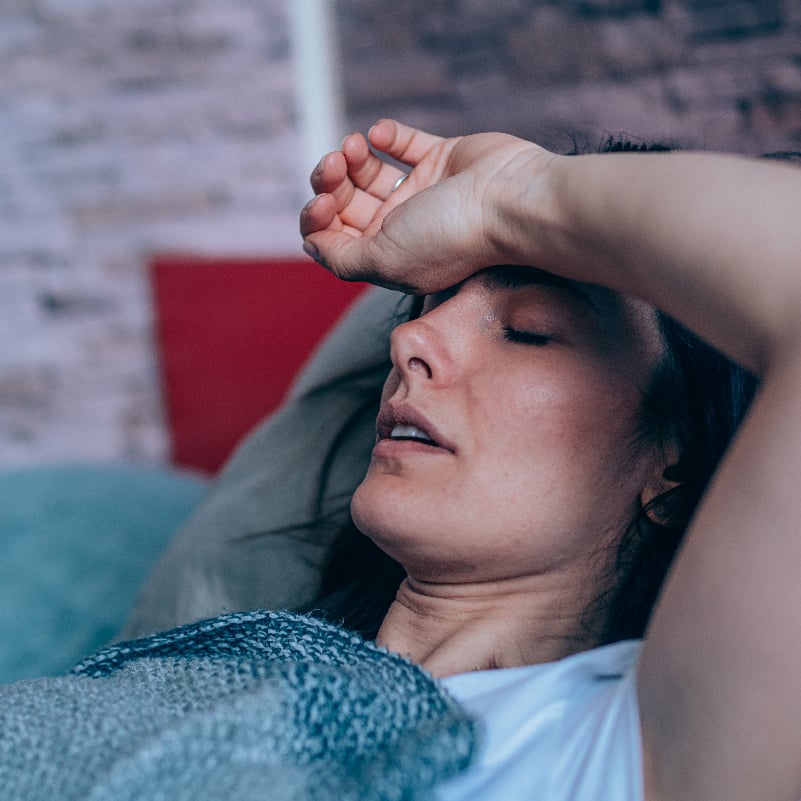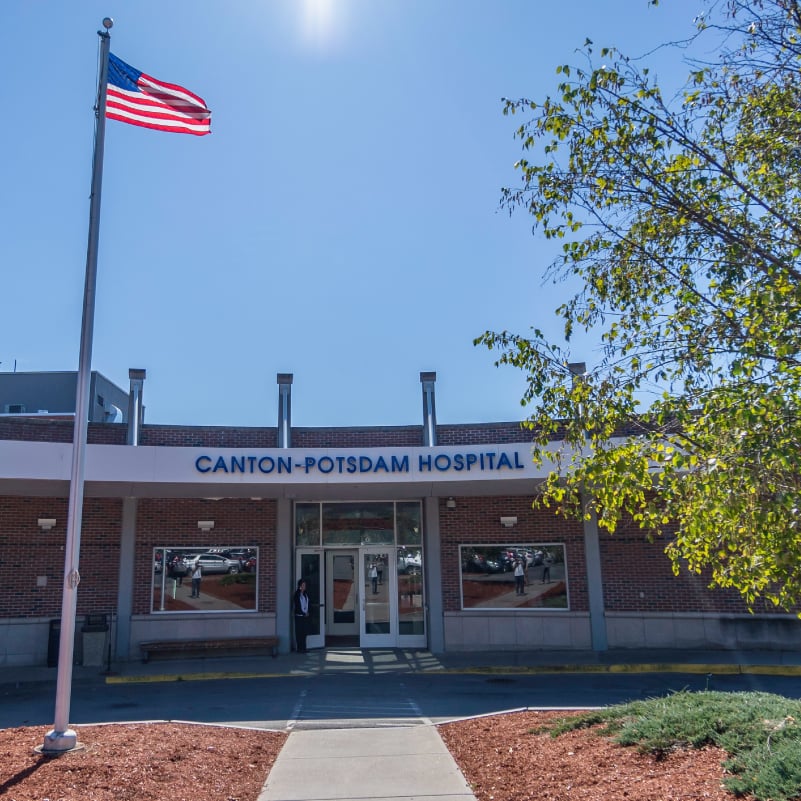In late July 2022, President Joe Biden tested positive for COVID-19, went into isolation, and took a COVID-19 antiviral medication called Paxlovid as prescribed by his physician. A few days later, President Biden tested positive for the virus again. This is raising more awareness about COVID-19 rebound cases – in which a person who tests positive for COVID-19 for a second time shortly after taking antivirals.
Emil Lesho, DO, is an infectious disease expert with Rochester Regional Health, explains what a COVID-19 rebound case is and what to do if it happens to you.
How Paxlovid works
In order to fully understand a COVID-19 rebound case, it is important to understand COVID-19 antiviral pills. These pills are available via over-the-counter prescription for individuals who are at high risk for progression to severe COVID-19, including hospitalization or death.
There are two types of COVID-19 antiviral pills available under FDA emergency use authorization: molnupiravir and Paxlovid.
Paxlovid is comprised of two oral antiviral medications: nirmatrelvir and ritonavir. Nirmatrelvir prevents production of COVID-19 proteins and thus the virus cannot replicate; ritonavir slows down how quickly nirmatrelvir breaks down.
Patients using Paxlovid must be at least 12 years old or older, and weigh at least 88 lbs. Once prescribed, a patient takes 3 tablets (2 nirmatrelvir and 1 ritonavir) twice a day for five days. In clinical trials, Paxlovid reduced the proportion of people with COVID-19 related hospitalization or death from any cause by 88 percent compared to patients who received placebos when the drug was given to high-risk persons early in their infection.
A ‘rebound’ case
According to the CDC, rebound cases occur with some patients who are prescribed Paxlovid. The rebound refers to a recurrence of their original COVID-19 infection within 2-8 days of recovering from the infection after taking a COVID-19 antiviral medication.
With a rebound case, an individual who tested negative will test positive for a second time. Some people may experience a recurrence of symptoms, as well.
COVID-19 rebound cases happen even in individuals who are fully vaccinated – meaning they have received all initial and booster doses of the COVID-19 vaccine for which they are eligible. A preprint study in medRxiv analyzing patients across the U.S. suggests approximately 3-5 percent of cases involving Paxlovid prescription result in COVID-19 rebound cases.
Recommendations
If an individual tests positive for COVID-19 again, they should contact their primary care provider to notify them about the rebound case.
Following this conversation, COVID-19 rebound patients are encouraged to isolate for at least five days. The second isolation period can end after five full days if any fever has resolved for 24 hours without the use of any fever-reducing medication. When going out in public, individuals are encouraged to wear a mask for 10 days, starting from the first day they experienced symptoms in their rebound case.
Providers are recommended to monitor symptoms in patients. Evidence does not suggest additional treatment is needed for a recurrence.
“Most cases resolved without any additional medical intervention within a median of three days,” Dr. Lesho said. “If your symptoms do worsen or persist, contact your primary care provider.”









